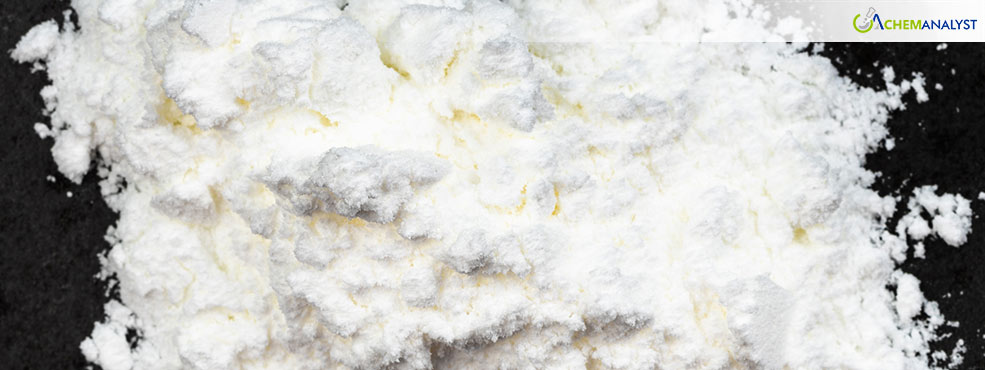Malic Acid Market Sees Price Volatility Amid Complex Market Dynamics
- 12-Feb-2025 4:15 PM
- Journalist: Nightmare Abbey
In a significant market development, Malic acid prices have experienced a notable decline throughout January 2025, with experts forecasting a strong rebound in February. The downturn in Malic acid prices has been particularly pronounced in key Asian markets, creating a favorable environment for buyers in the short term.
Industry analysts attribute the current Malic acid price depression to multiple factors, including structural market conditions and geopolitical tensions. Chinese suppliers, who dominate the global Malic acid market, have engaged in aggressive destocking through discounted pricing, responding to potential new tariff announcements. This price reduction strategy has coincided with already elevated inventory levels and subdued demand fundamentals.
The Japanese Malic acid sector has mirrored this downward trend, with significant price reductions observed due to weak demand and oversupply from both domestic and imported sources. The depreciation of the Japanese Yen against the U.S. dollar has further amplified the price decline, as buyers maintain a cautious, need-based procurement approach.
However, the Italian Malic acid market has bucked this trend, experiencing price increases driven by supply-side constraints. Higher export volumes, elevated shipping costs, and robust festive season demand have created a seller's market in the region. Logistical challenges, particularly blank sailings between Asia and Italy, have exacerbated supply chain disruptions, forcing buyers to accept premium prices for Malic acid supplies.
Looking ahead to February 2025, market experts anticipate a sharp rebound in Malic acid prices, particularly in the Chinese market. The upcoming Chinese New Year celebrations are expected to be a pivotal factor in this price recovery. As manufacturing facilities temporarily shut down and inventory levels deplete, the Malic acid market is likely to face supply constraints just as demand begins to surge.
According to our industry experts, the current Malic acid price depression is creating a coiled spring effect in the market. When Chinese facilities reopen after the New Year celebrations, we expect to see intense buying activity as downstream industries rush to secure fresh Malic acid supplies.
Weather conditions could further compound the anticipated price increases for Malic acid. February's harsh winter weather might disrupt transportation networks, potentially creating supply bottlenecks. Additionally, ongoing global supply chain fragilities and potential monetary policy shifts by the People's Bank of China could contribute to upward price pressures in the Malic acid market.
The anticipated rebound in Malic acid prices underscores the need for buyers to carefully evaluate their procurement strategies. While current market conditions favor buyers, the expected price surge in February 2025 suggests that securing adequate Malic acid supplies at current prices might be a prudent strategy for downstream industries.
As the market prepares for this transition, stakeholders across the Malic acid supply chain are closely monitoring inventory levels and production capacities. The interplay between post-holiday demand surge, weather-related challenges, and broader economic factors will likely determine the extent of the predicted price recovery in the coming weeks.



